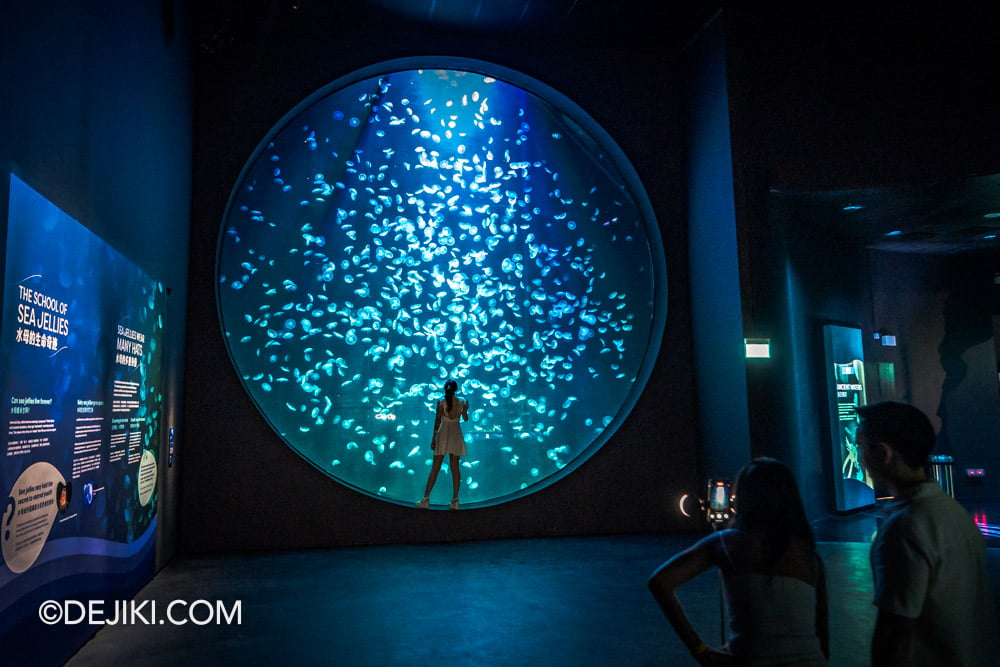
Get your first look at the Singapore Oceanarium, Resorts World Sentosa’s latest marine attraction that expanded on the original S.E.A. Aquarium.
Singapore Oceanarium Review
Singapore Oceanarium represents a bold transformation and expansion of the former S.E.A. Aquarium, now much larger and spanning across 22 immersive zones. From ancient waters featuring rarely-seen prehistoric marine animals, to the mysterious depths of the deep sea and the intricate ecosystems of Singapore’s very own coast, visitors are taken on an unparalleled aquatic journey through time and space. With marine education as a key pillar, the new attraction has evolved into an institute dedicated to education, research, and conservation.
For the typical visitor however, you can expect a much longer experience at the Oceanarium, which I’ll say is like the S.E.A. Aquarium bookended with all-new exhibits and experiences. The expanded attraction feels more than twice as long as the original – several rest areas have been added between the galleries. Some zones were also built much larger than needed for the exhibits within, possibly to ease congestion during peak seasons.
You should cater at least 2-3 hours to leisurely cover the zones at the Singapore Oceanarium. For a more fruitful experience, you may need to spend half a day there, in order to catch the daily scheduled programmes to learn more about marine life displays, or even take part in an immersive programme.
Get your tickets to Singapore Oceanarium
| Tickets (Child/ Adult) | |
|---|---|
| Singapore Oceanarium One Day Ticket (Klook) | from $39/ 50 Klook» |
| Singapore Oceanarium One Day Ticket (SG Residents*) | from $35/ 42 RWS» |
*For Singapore Residents with an official Singapore Photo ID (NRIC, Employment Pass, S Pass, Work Permit, Work Holiday Pass, Dependent’s Pass, Long Term Visit Pass or Student’s Pass). ID required for entry.
Singapore Oceanarium Video Tour
Enjoy a walking tour through the Singapore Oceanarium in this vlog.
Singapore Oceanarium Photo Tour
Thanks to Resorts World Sentosa, I had an early look at the Singapore Oceanarium’s new and refreshed exhibits. Not everything was available at the preview, but it was a good sneak peek at what the expanded attraction has to offer. My last visit was back in 2024 before the relaunch.
Singapore Oceanarium’s 22 zones are further sorted into six thematic groups: In The Beginning, At the Surface, Sunlight, Into the Deep, The Abyss, A New Horizon. Together, this creates an immersive story through the Oceanarium’s zones and exhibits.
Start your journey where life began in a single Drop of Water – one gigantic one hovering above the ceiling, showcasing the microscopic planktons
Drift further into Ocean Wonders, a collection of Kreisel habitats where thousands of sea jellies float endlessly.
The largest habitat is definitely a crowd favourite – drawing long lines for that iconic shot. This gigantic moon-like Kreisel habitat is home to over 1,000 sea jellies.
Swim back in time into the Ancient Waters and encounter prehistoric marine life through life-sized replicas, real fossils, and digital displays.
The terrifying Dunkelosteus stirs to life – this is a massive animatronic.
An augmented reality experience, Titans of Time, is available at the future arapaima exhibit, where you can view ancient marine animals on your smartphone.
Blending past and present, the Conquering Land section brings you above the water and back on land. Holographic screens offer a glimpse into extinct species among habitats where Titicaca water frogs, elephant trunk snakes and the axolotl can be spotted.
The next zone, Spirit of Exploration offers interactive experiences around the Jewel of Muscat. This is a reconstructed Omani dhow that sailed from Oman to Singapore, for the former Maritime Experiential Museum attraction (of which the Aquarium was initially a part of, and then separated).
Anyway, the Jewel of Muscat remained, but now with a new experience, Pier Adventure, you can walk on a suspended web and get up-close to the dhow like never before.
This experience is separately ticketed, and you can enjoy up to 20 mins on the suspended net.
After your adventure on the suspended net, you can head to the nearby Explorer’s Nook to rest.
Apart from pizzas and pastries, there are also adorable snacks and treats, such as these Sea Animal-shaped ManTous (buns), cookies and rolls.
After you’ve fueled up, it’s time to head down to another new zone: Singapore’s Coast.
A recreation of some of Singapore’s eco-systems, this zone combines habitats with some projection-mapping exhibits, along with interactive experiences.
Over at the rock pool, you can submerge your hands and see cleaner shrimps gather around you, or use a bathyscope to see marine animals up-close.
Going further down, you’ll arrive at Shark Seas – from here onwards, it’s the original S.E.A. Aquarium complex, but with refreshed exhibits.
The layout has been reversed – so that you’ll start at Shark Seas first, and complete the entire route exiting at the Shipwrecked Habitat.
Other original habitats are still around – such as the Coral tanks.
Some spaces received a facelift, with new projection digital exhibits.
You can still peek into the Aquarist Lab and see them at work. The Oceanarium still offers immersive programmes, including backstage tours. For the ‘Animal Spotlight: Sea Jellies’ programme, you can actually visit the sea jelly nursery shown here.
As the largest habitat and viewing panel, the Open Ocean Habitat still remains the highlight of the Oceanarium. It’s so much better with the previous upgrade that brought in glass dividers over the original bulky railings.
Open Ocean Dome is still there, for a different perspective into this habitat.
Don’t miss the installation by Mural Lingo: Between Wonder and Waste, created with recycled materials.
As you leave the Open Ocean Habitat, the Open Ocean Currents digital exhibit guides you to the next area with its mesmerizing swirls.
The next zones Vertical Migrators and Horizontal Migrators, kept the same glass tanks from S.E.A. Aquarium, but now offer all-new displays, such as the Japanese Pineapplefish and Japanese Bigeye. In the past, the sea jellies were in this area.
You’ll soon find the Tidal Trove shop and Tide Deli cafe, for another snack and shopping break, as you enjoy a view of dolphins.
Going further down the slope, you’ll land into the Benthos area, which spotlights marine life near the bottom of shallow seas.
Apart from another view of the Coral Garden, you can also create your own digital fish at the touch table and see it come to life in the ‘Art-quarium’.
You’ll learn more about Artificial Habitats in its dedicated zone, such as how artificial reef habitats are developed – either by scientists or when nature reclaims. The classic shipwreck habitat provides a demonstration.
After seeing a Triton submersible, you can head further down and discover Life in the Deep.
These are preserved specimens of deep-sea animals, suspended in displays that seem to shimmer as you walk by.
You arrive at one of the deeper parts of the ocean in Whale Fall and Seamount. Here, a whale skeleton is surrounded by towering sea mounts.
While the skeleton is the star attraction because you can walk all around and and even walk through it, there are also several deep-sea habitats around this zone, where you can find the Australian Ghostshark and Deepsea Akaza Prawn. The exhibits are dark (no lights please) so you may need to rest in this darker zone for your eyes to adjust.
Trenches brings you into the greatest depths of the ocean through a immersive projection show. Several digital exhibits can also be viewed at the back of the gallery, given that there’s no feasible way to see marine animals from the trenches in the Oceanarium.
In Ocean’s Future, you can experience the effects of climate change through a few exhibits, from an anamorphic video illusion of melting ice shelves collapsing, and a sunken home now inhabited by red lionfish.
Walk through the Hallway of Hope to learn more about the importance and urgency of conservation through several interactives and exhibits. You can also make your pledge and see if come to life on the board.
Escalators bring you back to the surface, and you end up at the Singapore Oceanarium Store.
It’s surprisingly beautiful! Among adorable plush toys and cute merchandise, there is also a wide variety of sustainable products.
As part of the preview, I also got to visit the Singapore Oceanarium Research and Learning Centre, a new building located just beside the store (and also near the entrance to Adventure Cove Waterpark!). As a hub for education, marine research and conservation, this facility has classrooms, marine labs and collaborative spaces – including this open seated area with suspended marine life art.
The Singapore Oceanarium opens on 24 July 2025, and as part of the opening celebrations, there will be special programmes from 24 July to 31 August 2025. Several of them will be held at this Research and Learning Centre.
Singapore Oceanarium opens 24 July 2025
Get your tickets now!
For more information visit the official Singapore Oceanarium website.

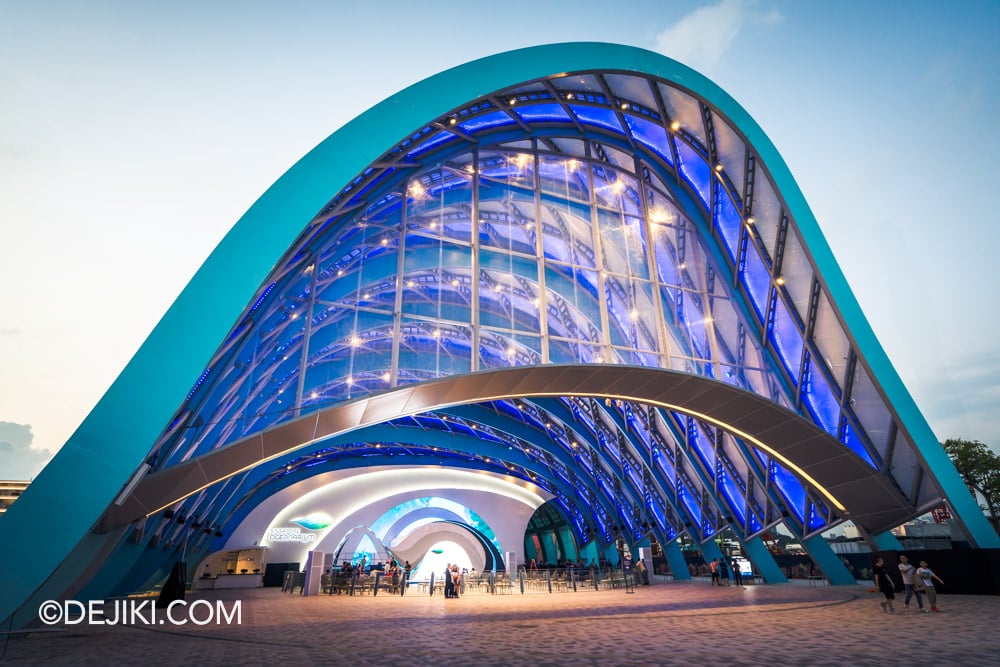

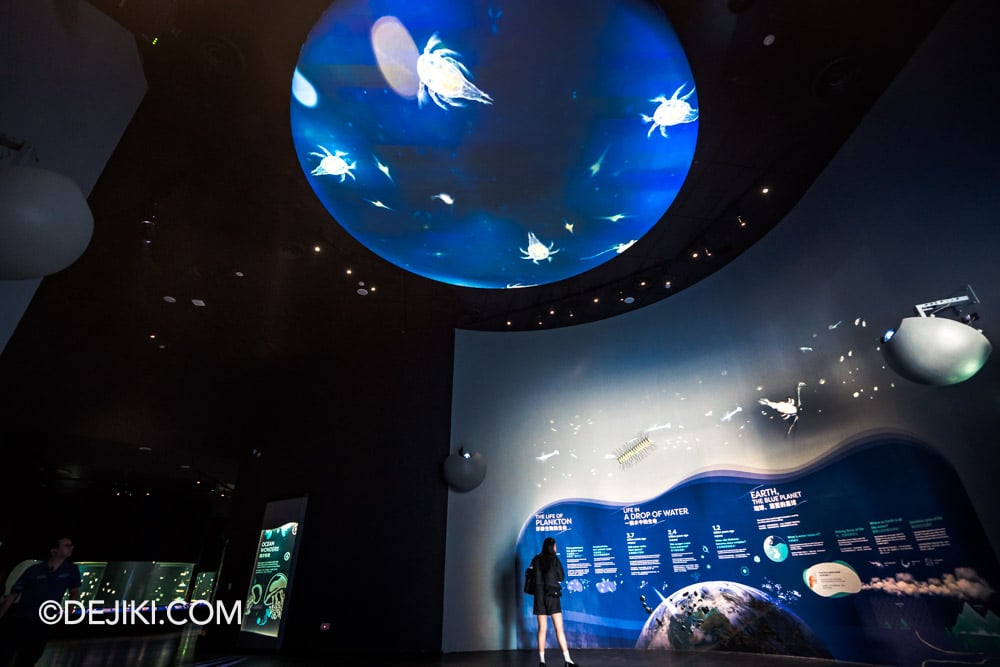
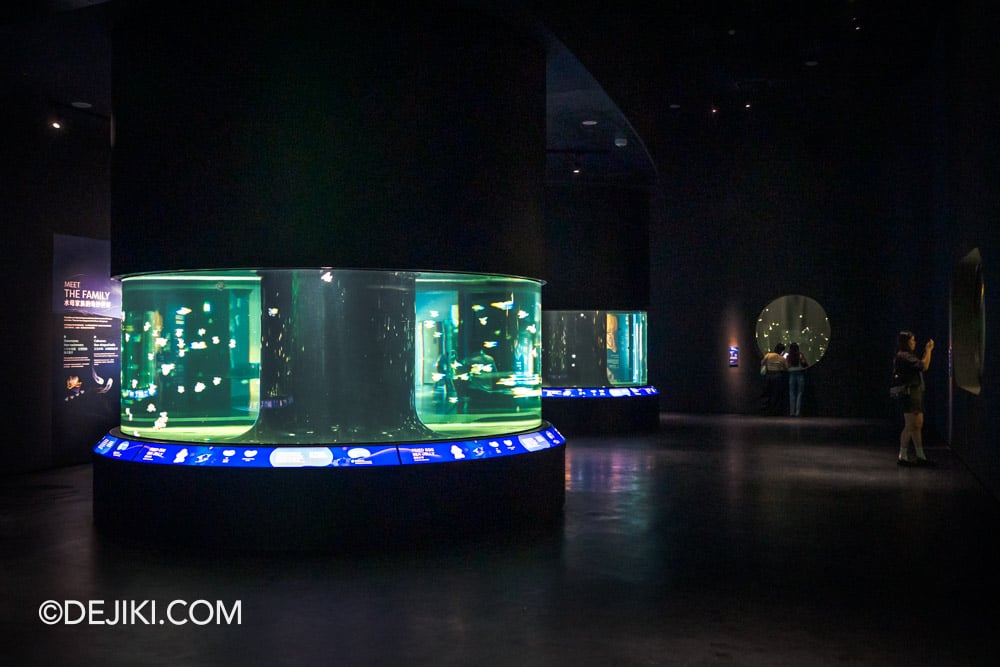
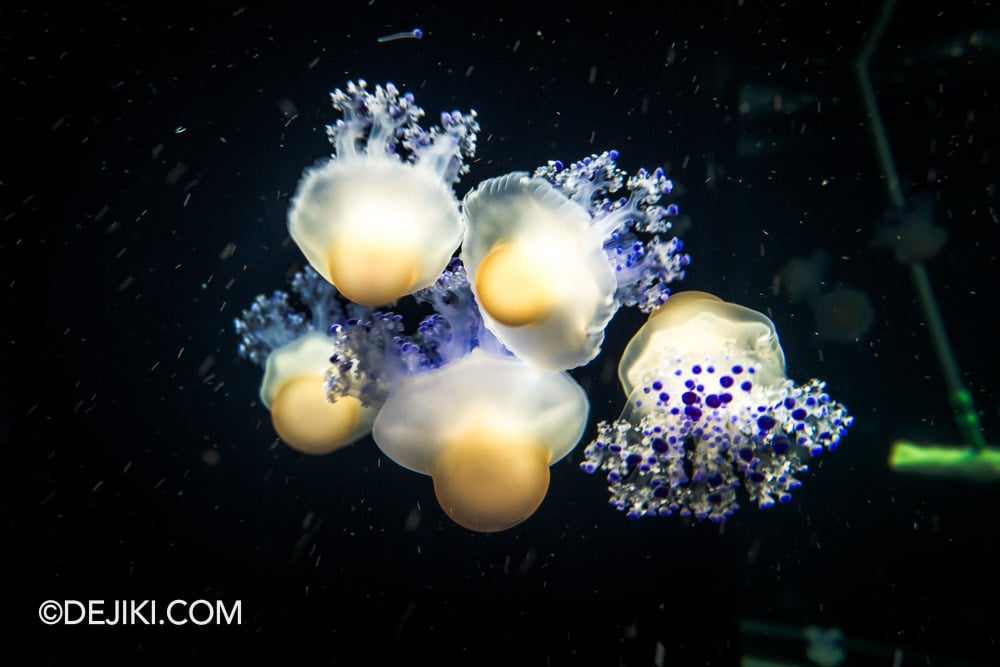
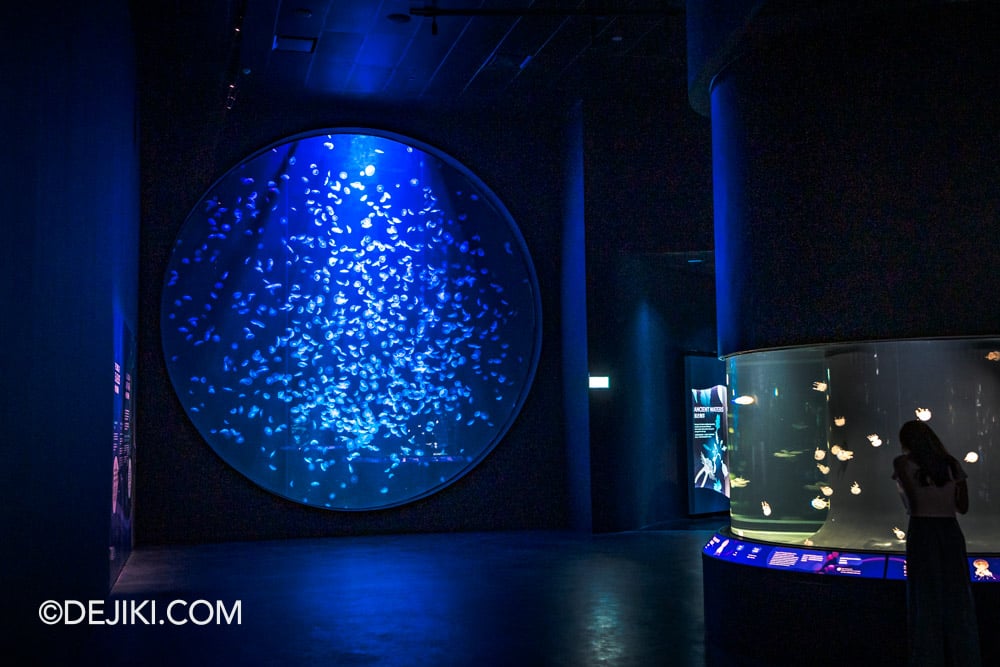
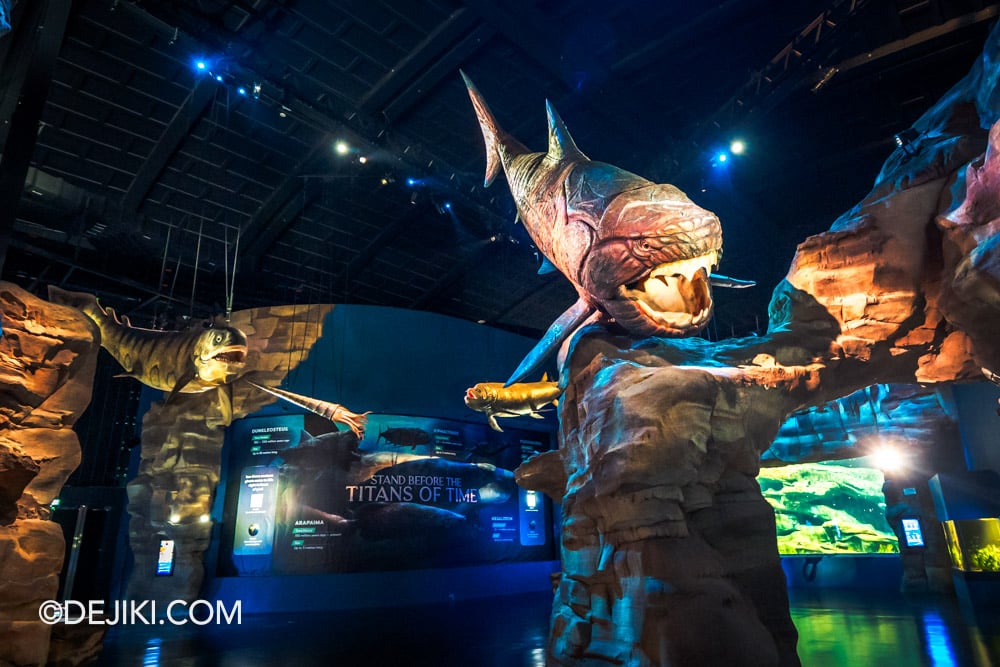
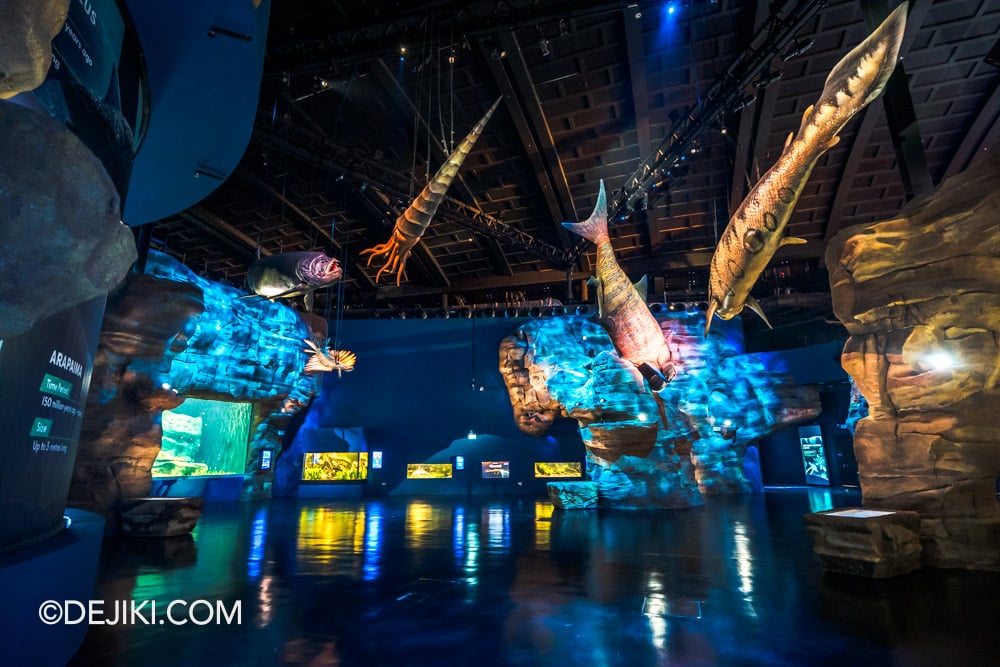
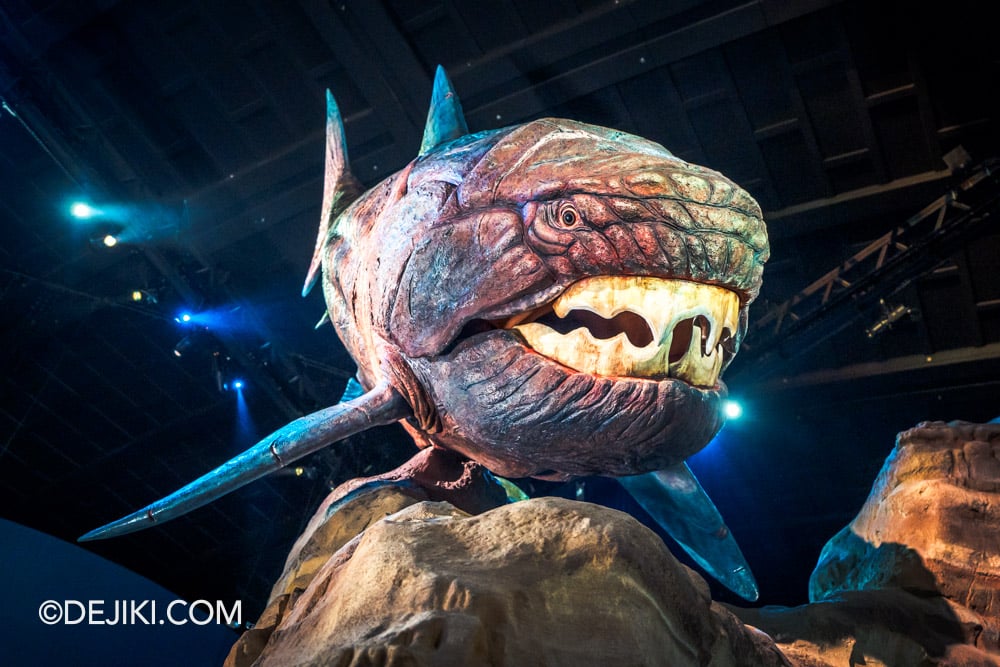
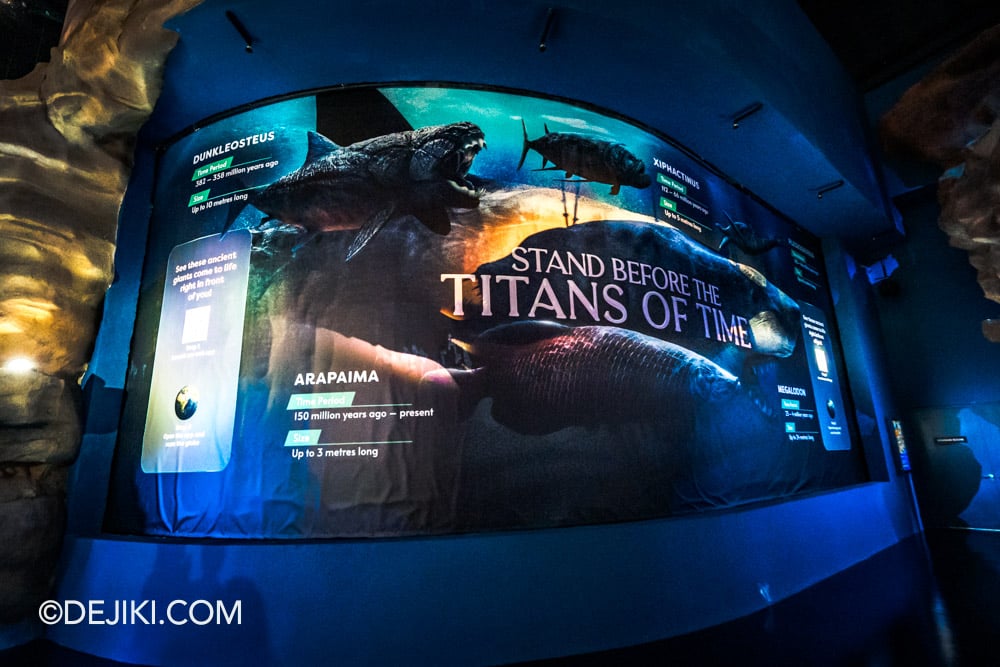


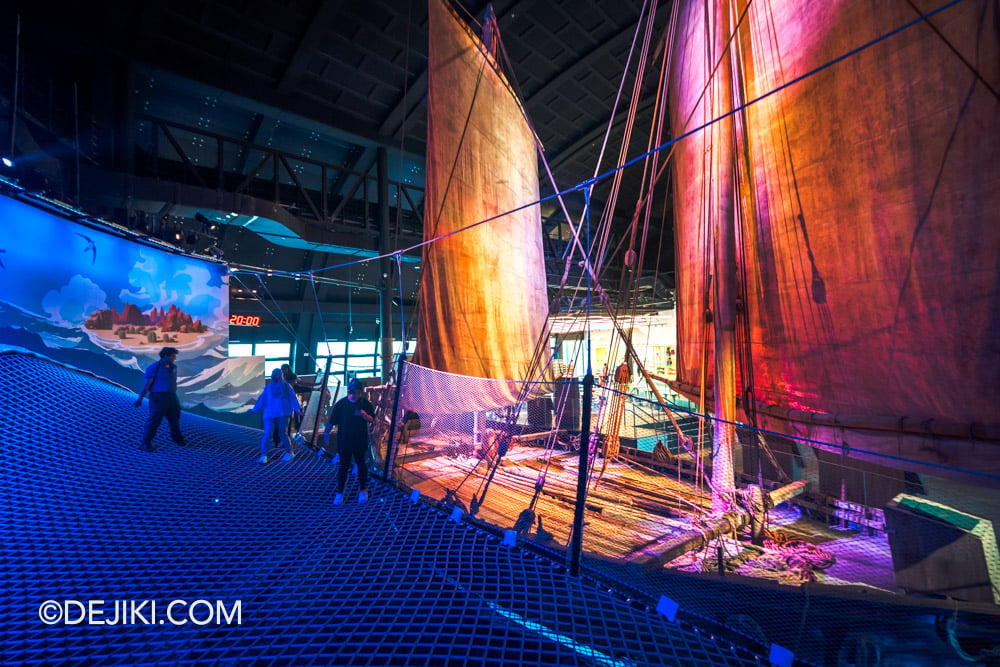
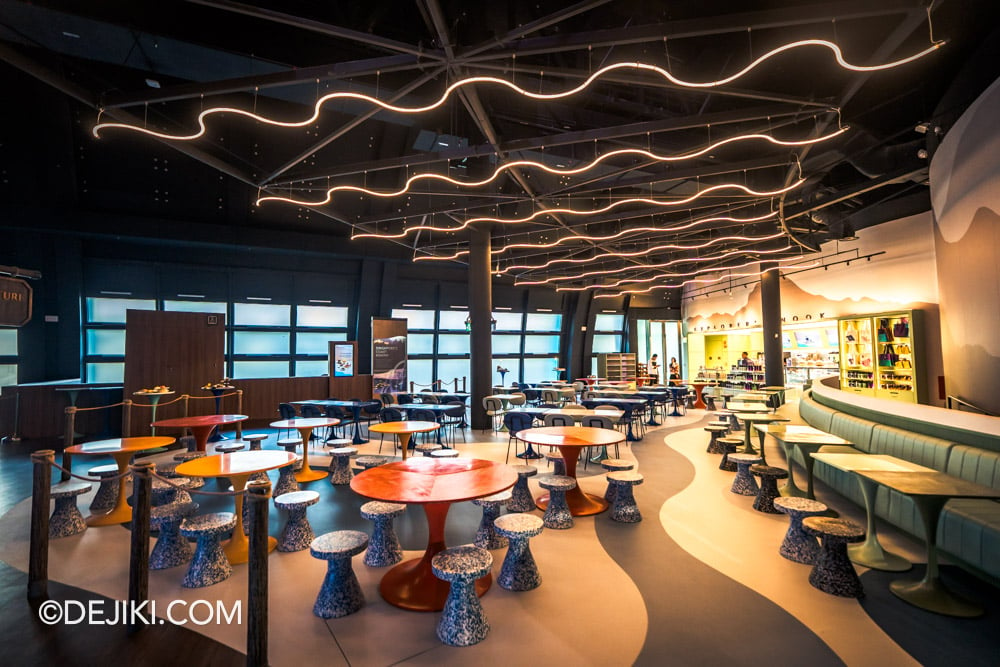

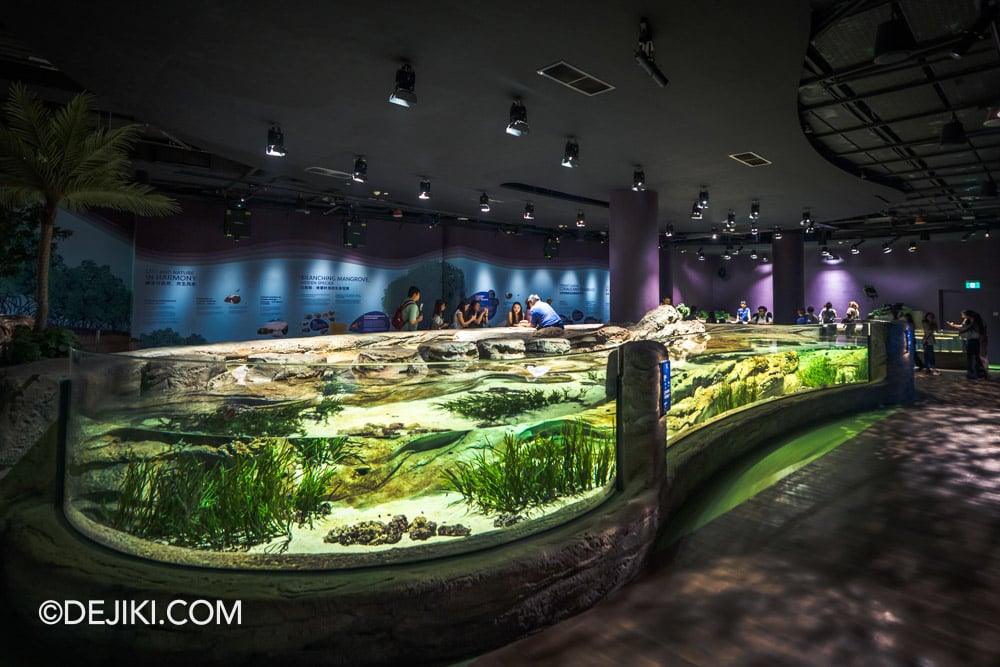
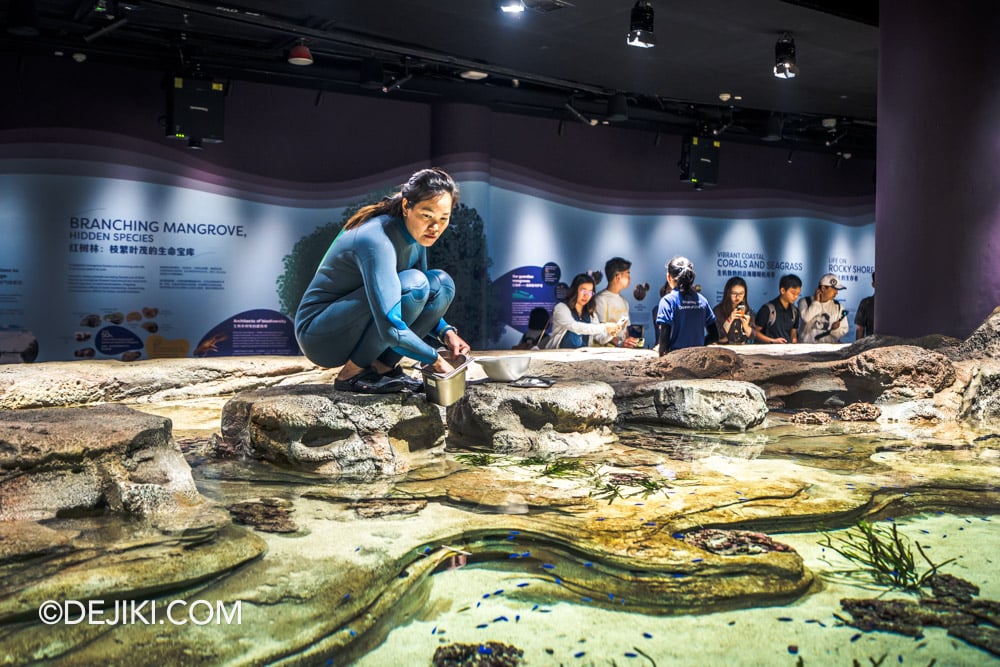
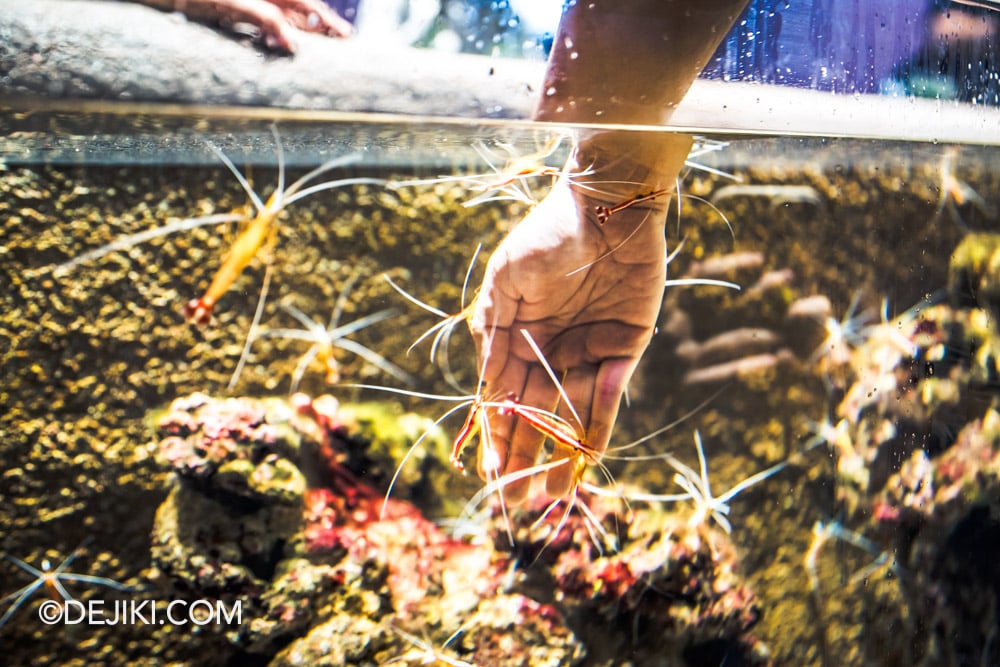
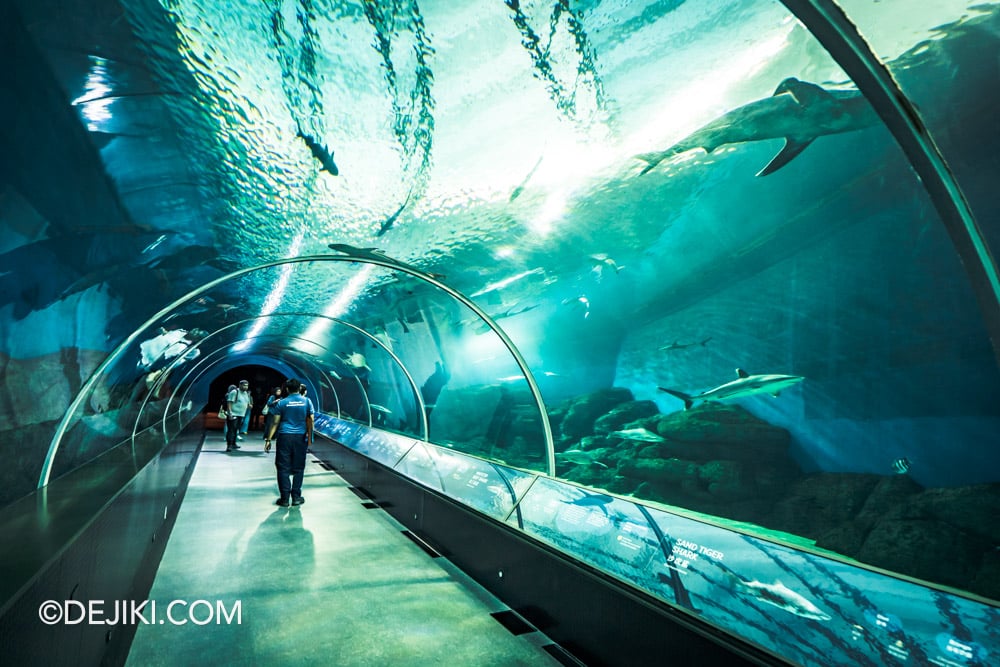
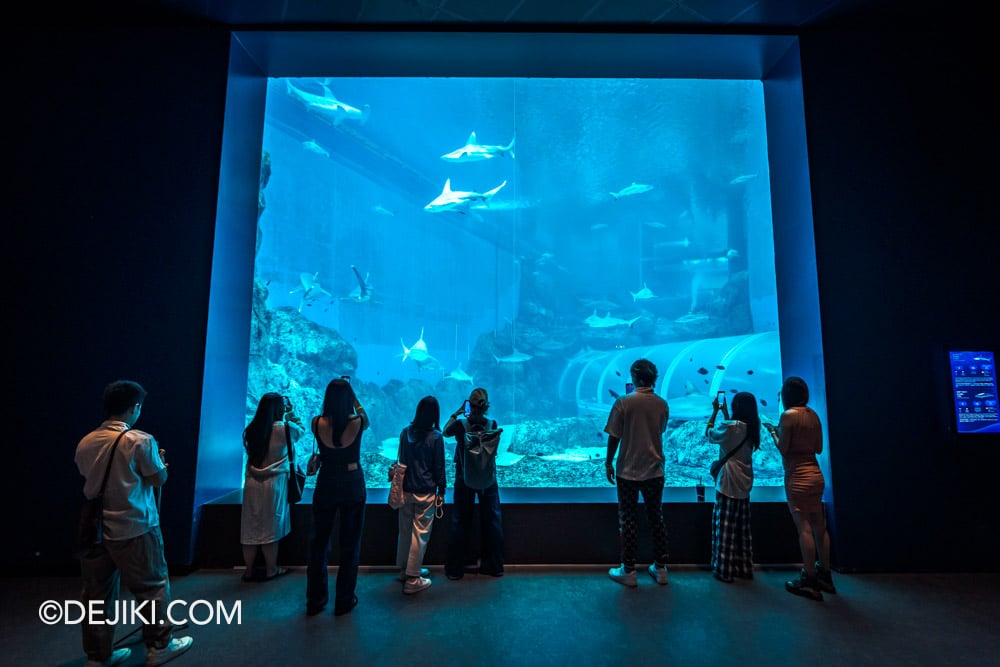
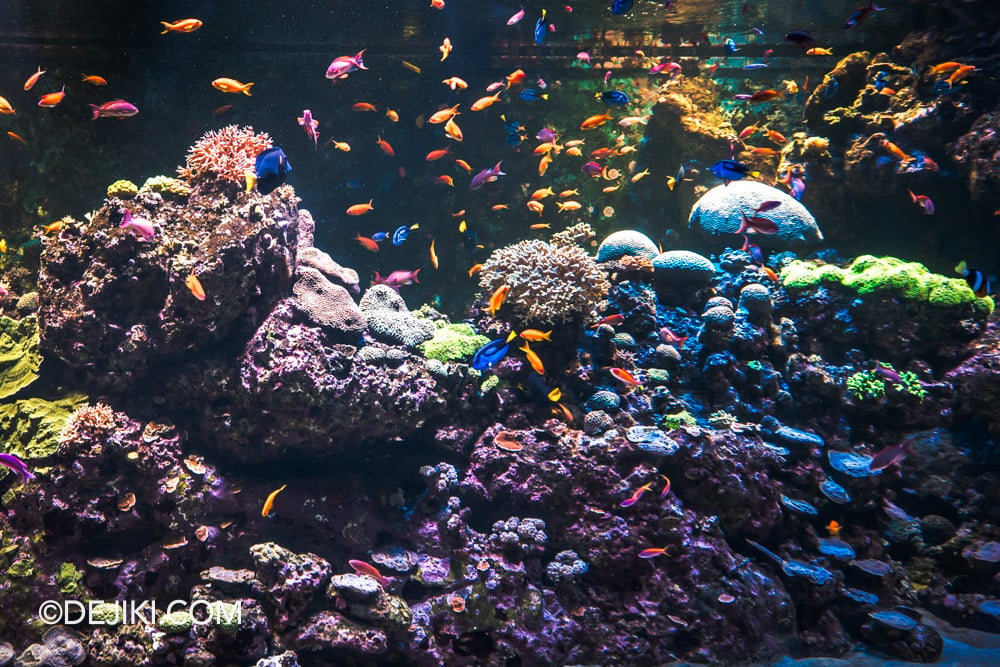
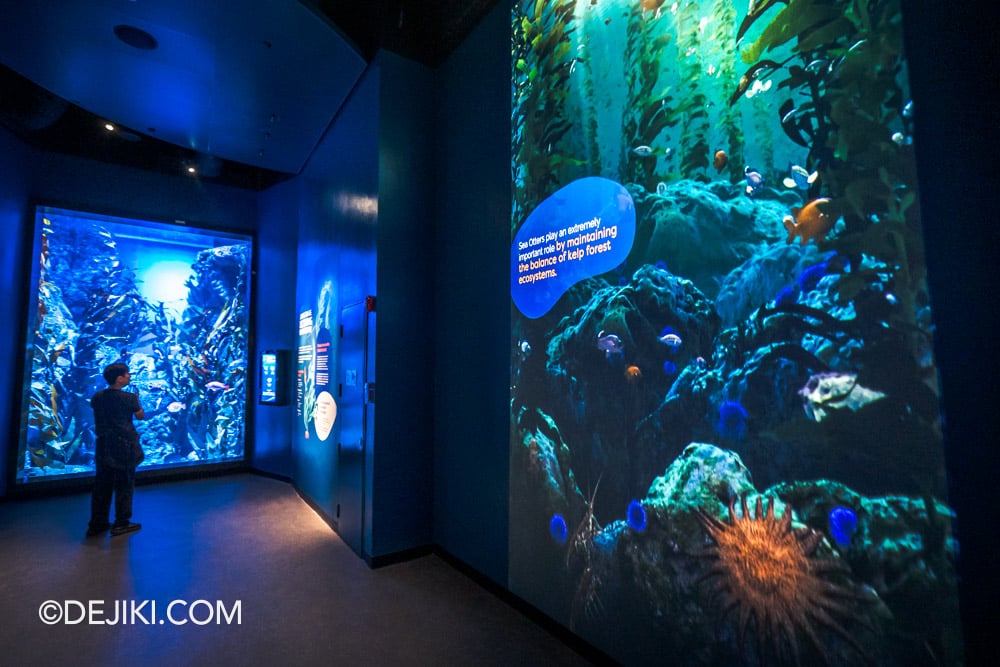
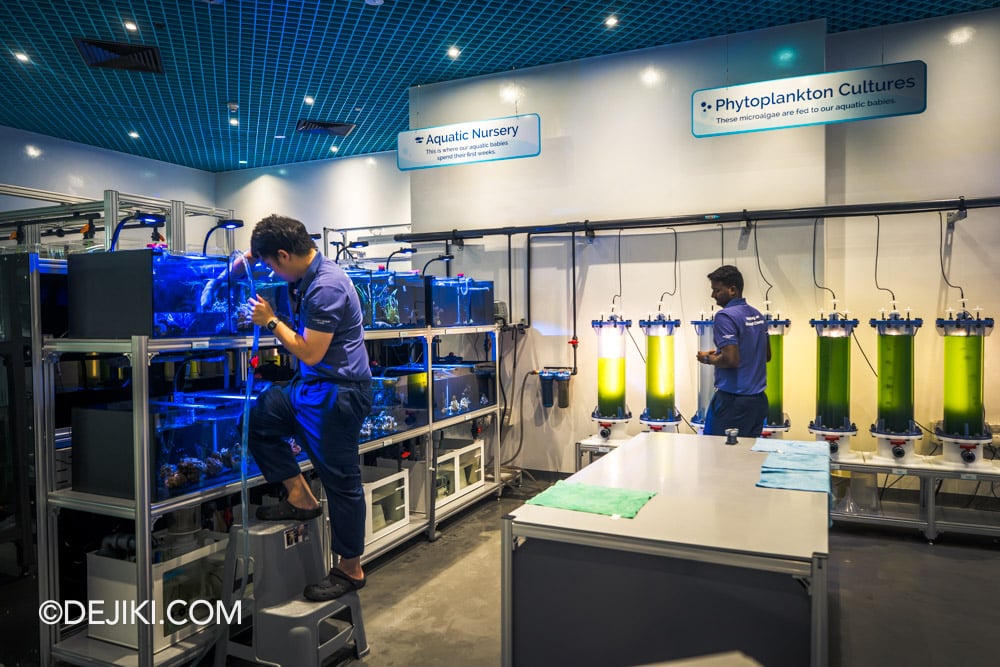
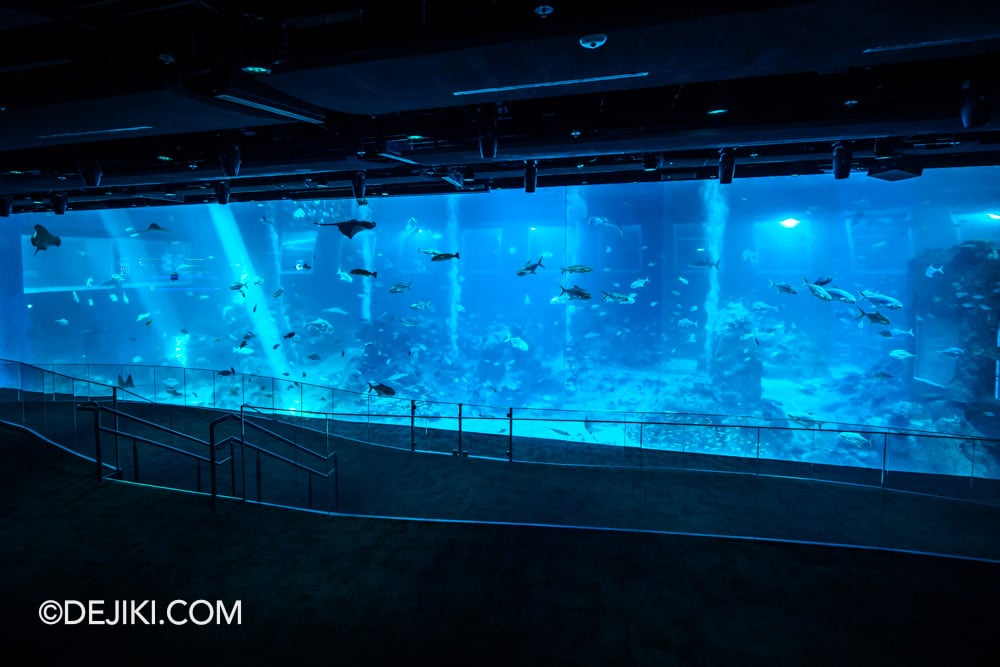
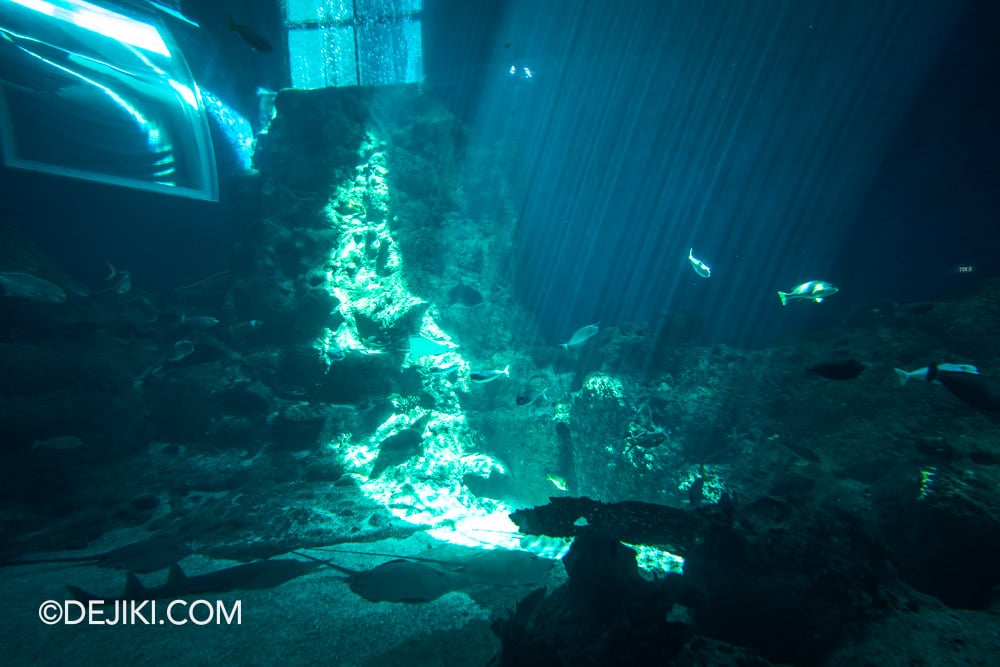
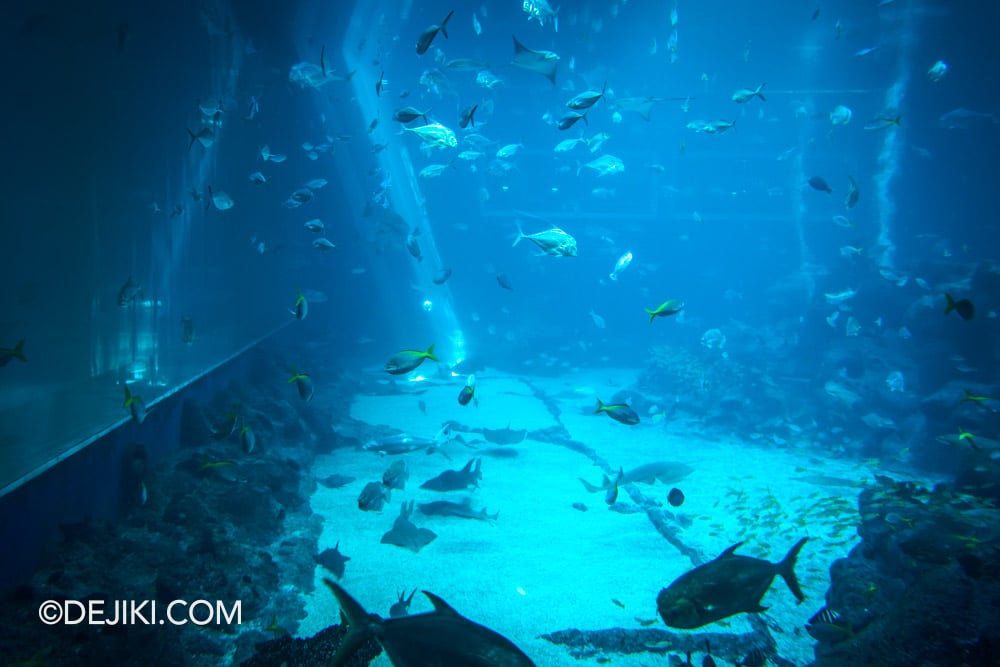

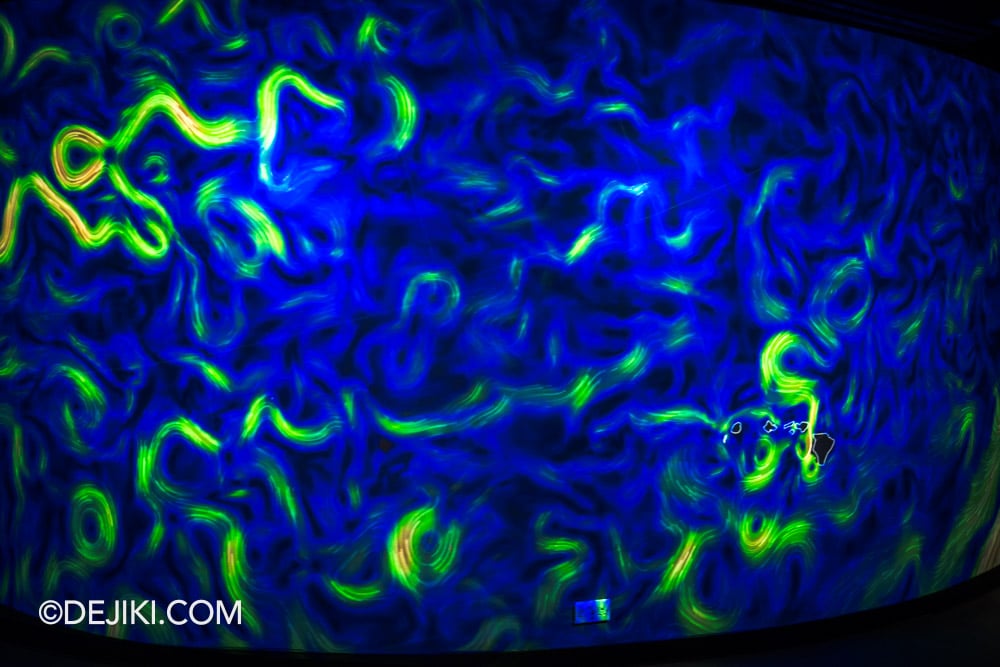
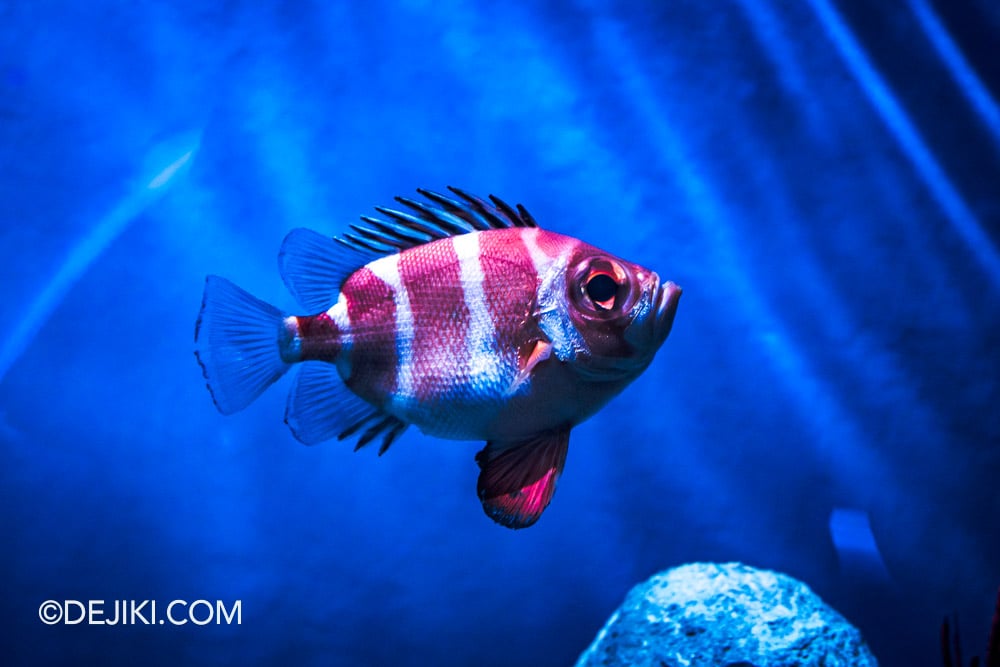
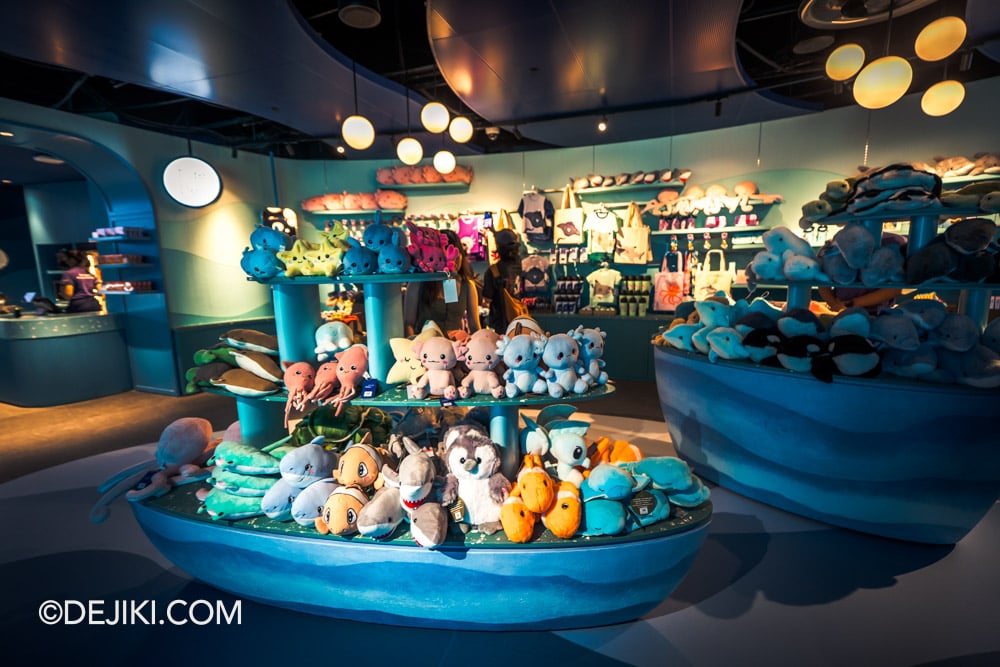
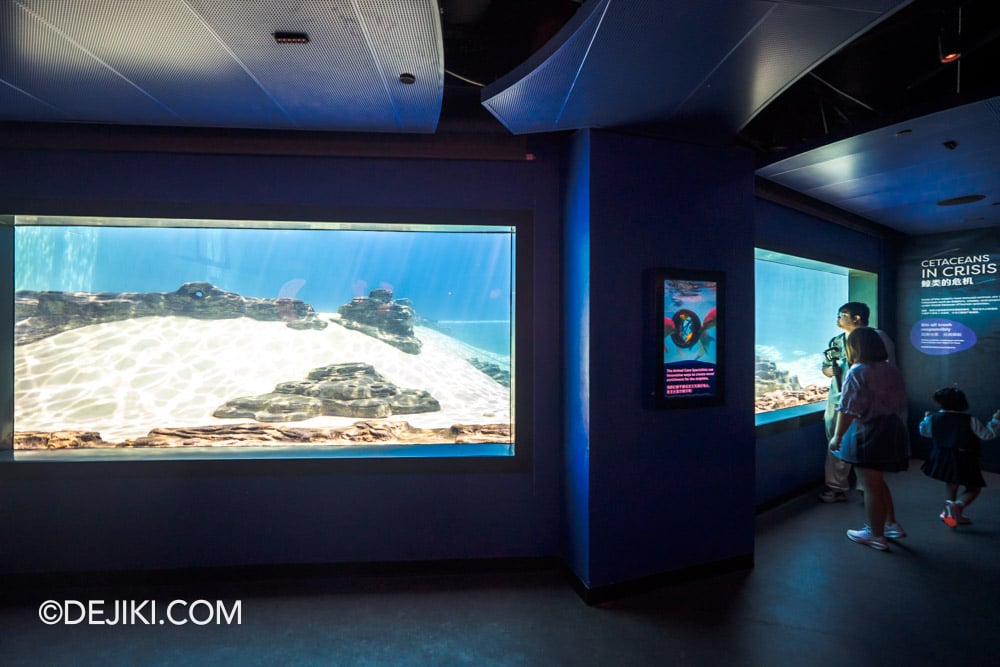

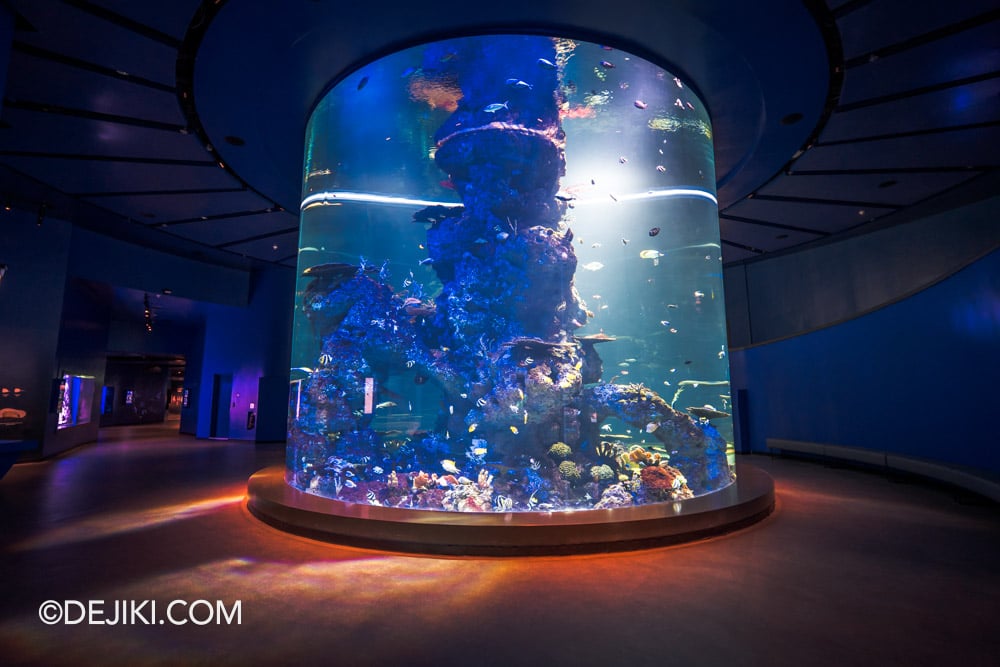
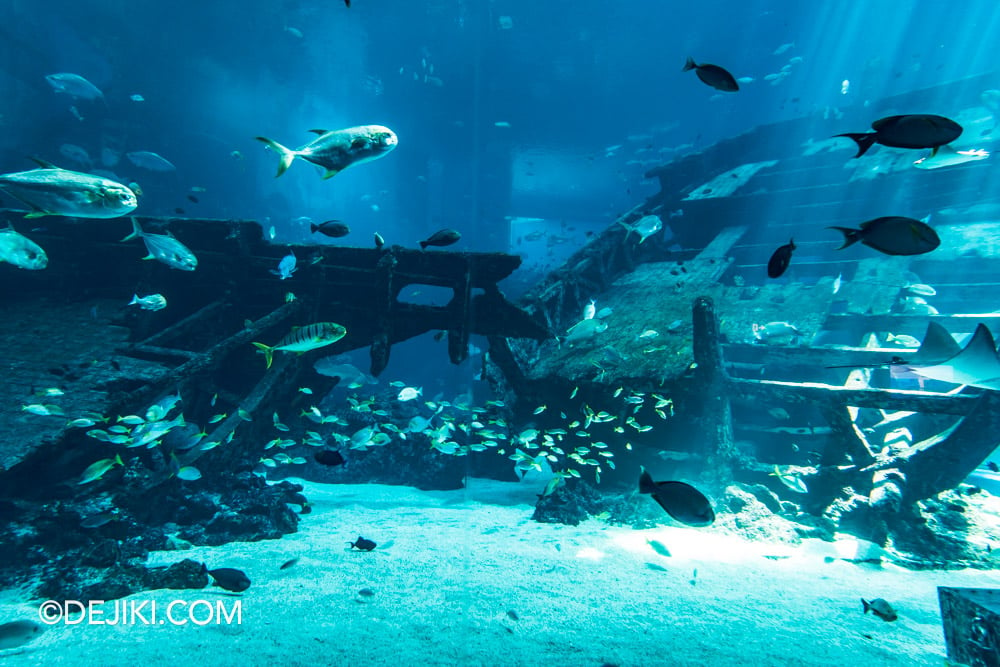

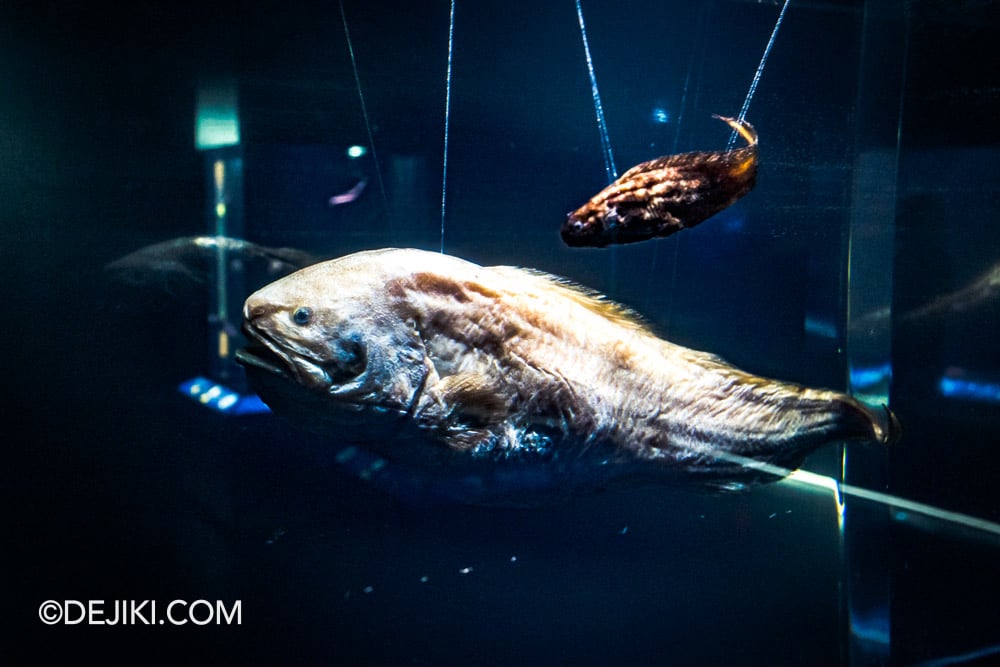
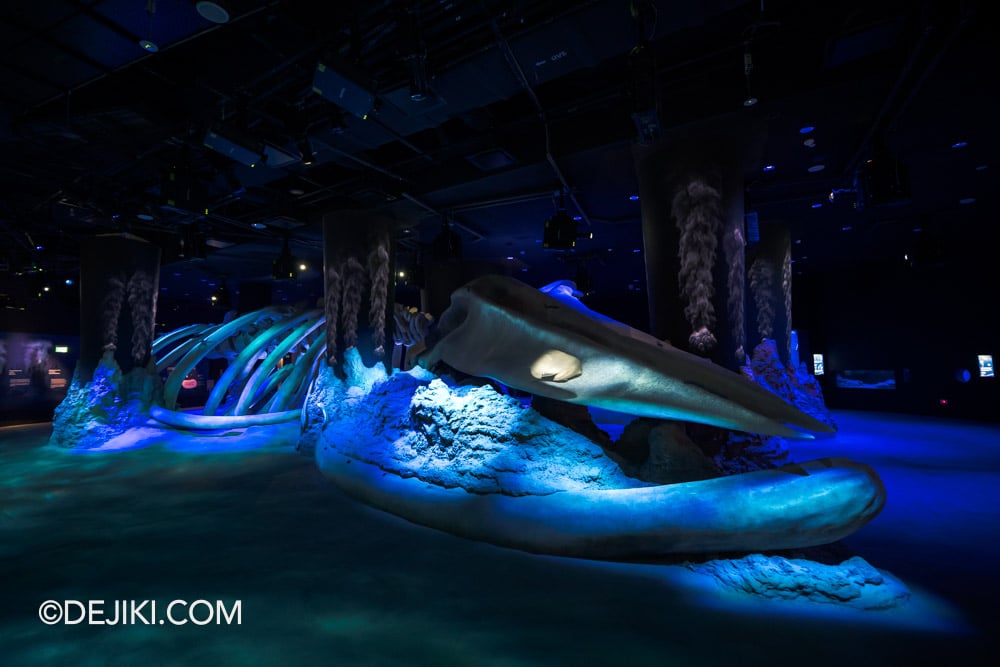
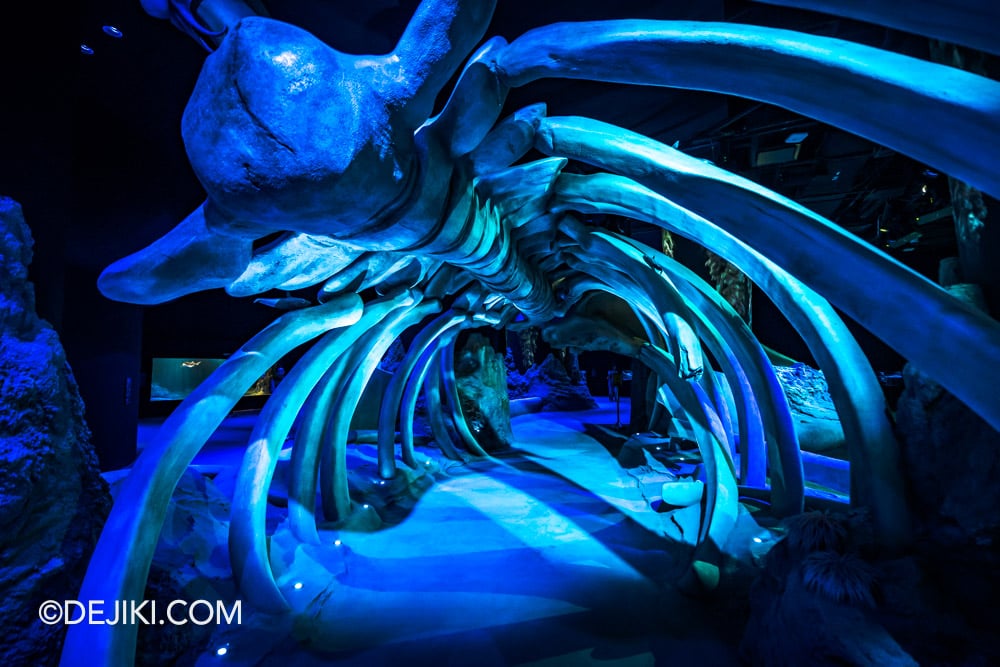
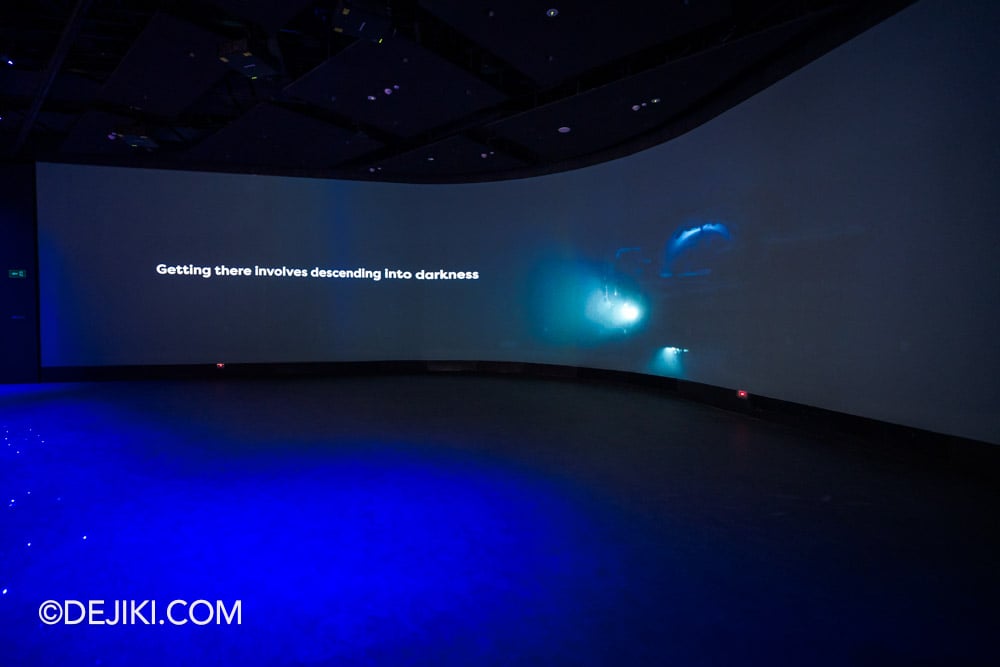
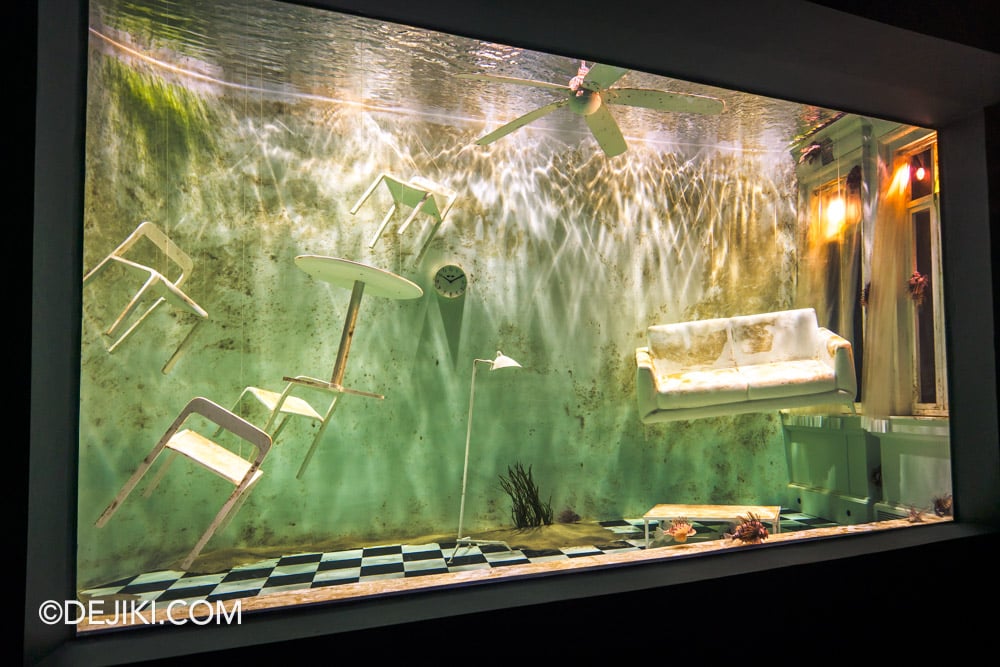
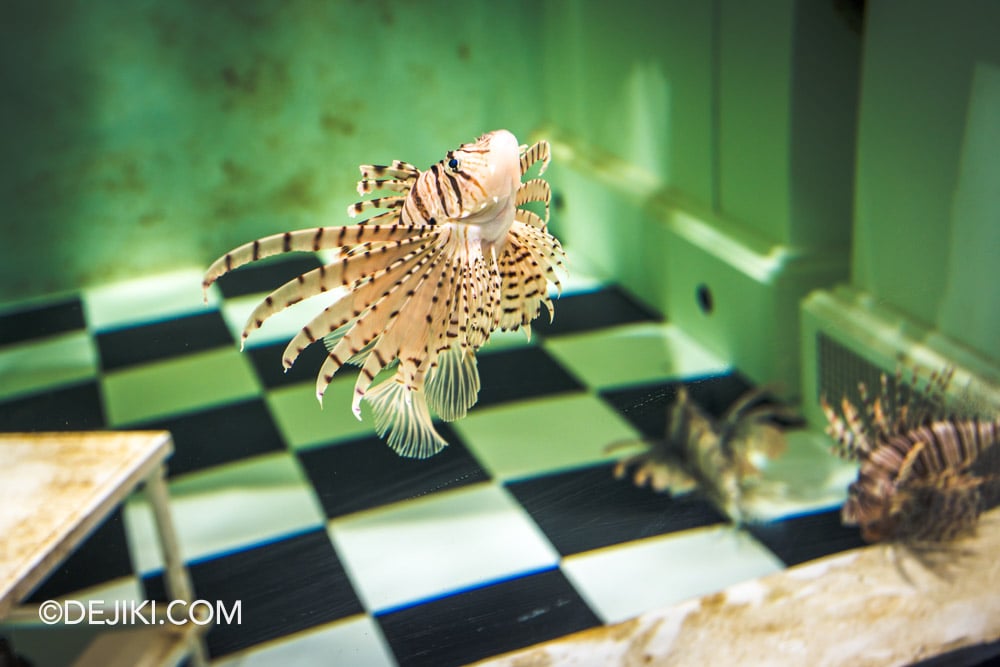
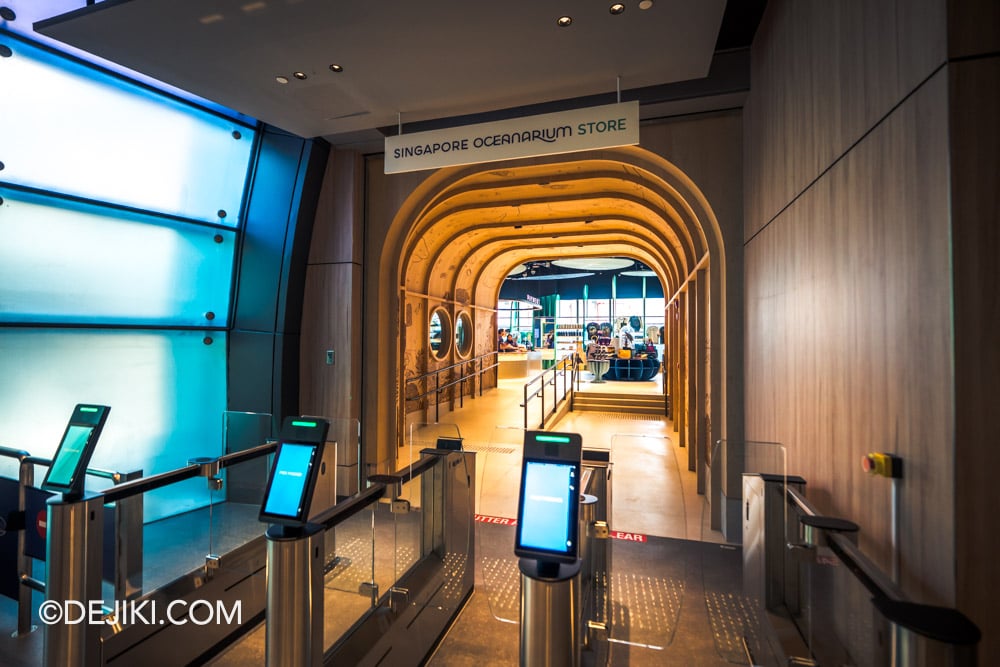
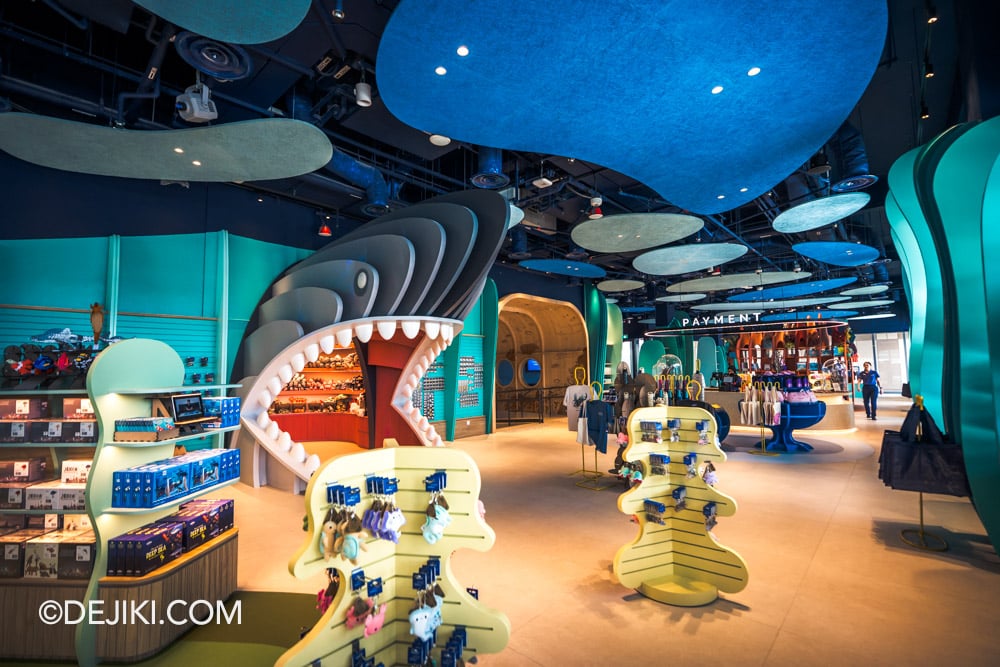
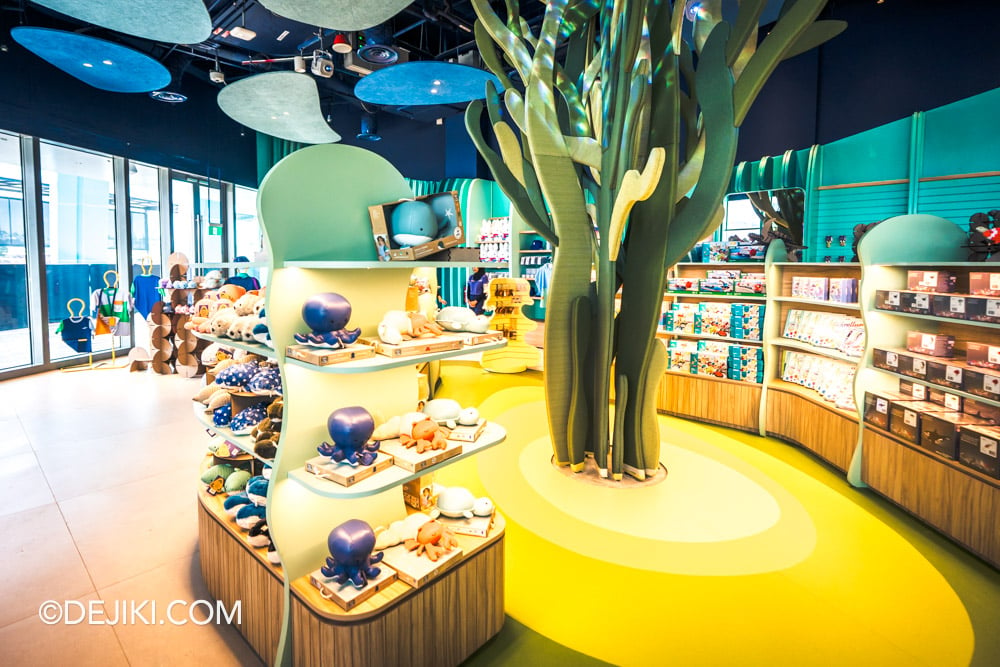
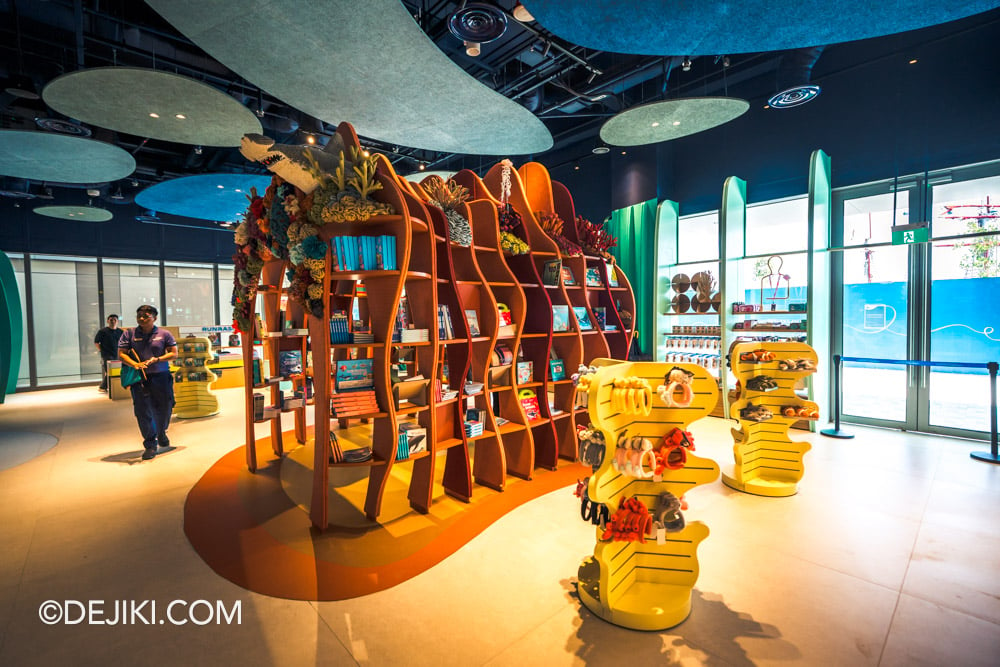
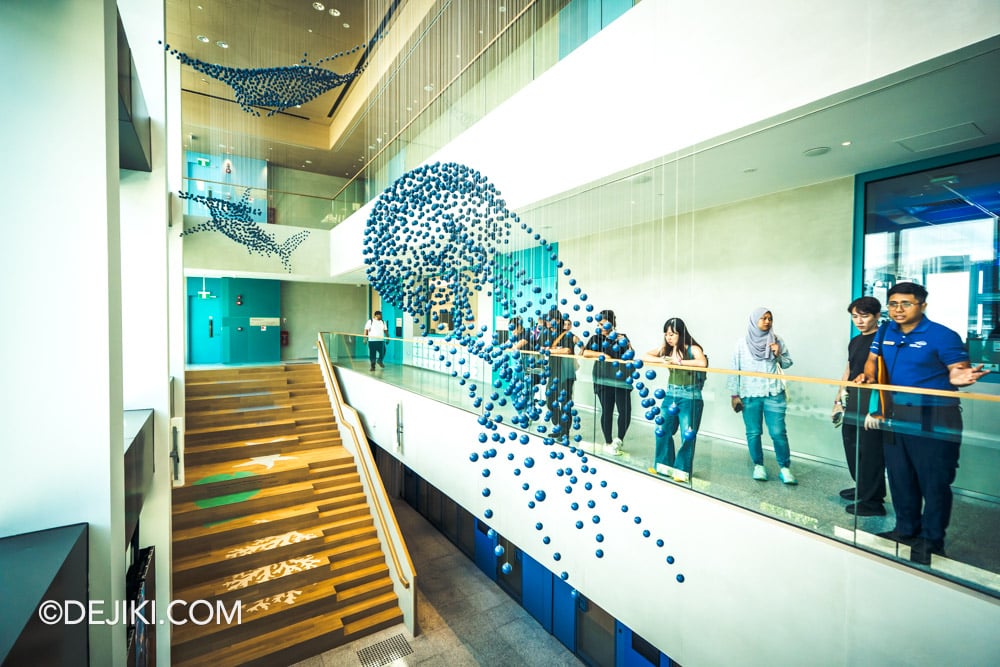
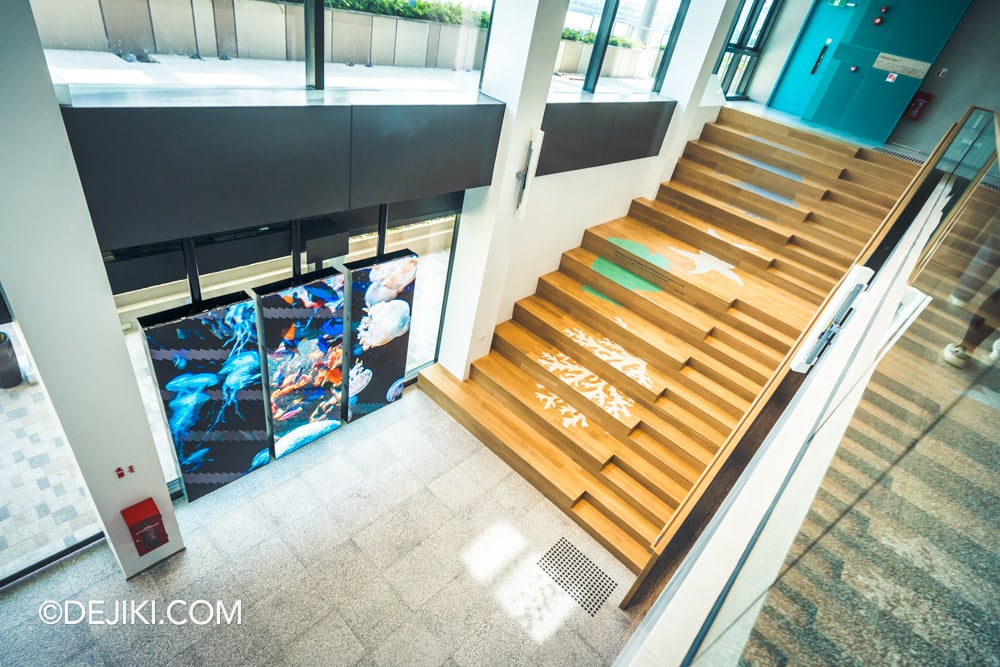
No comments yet.